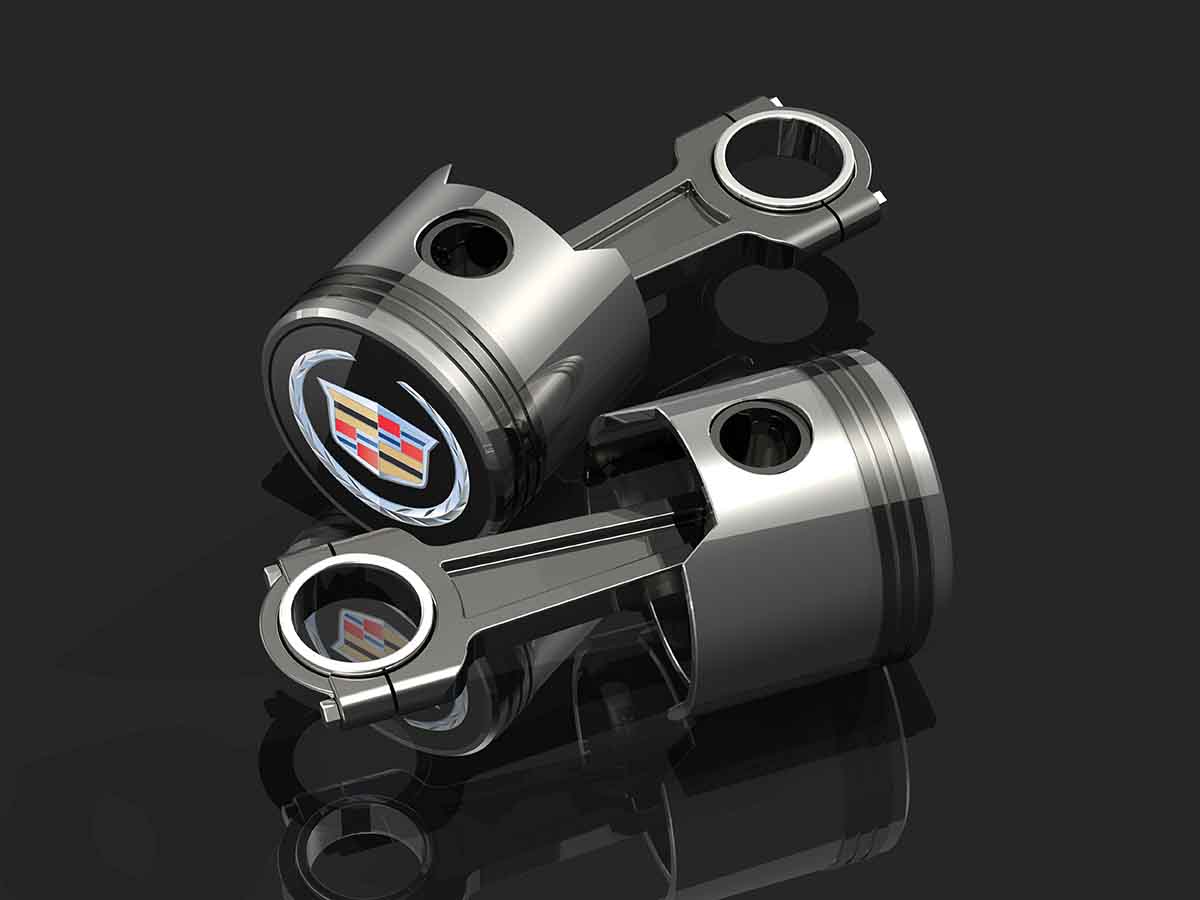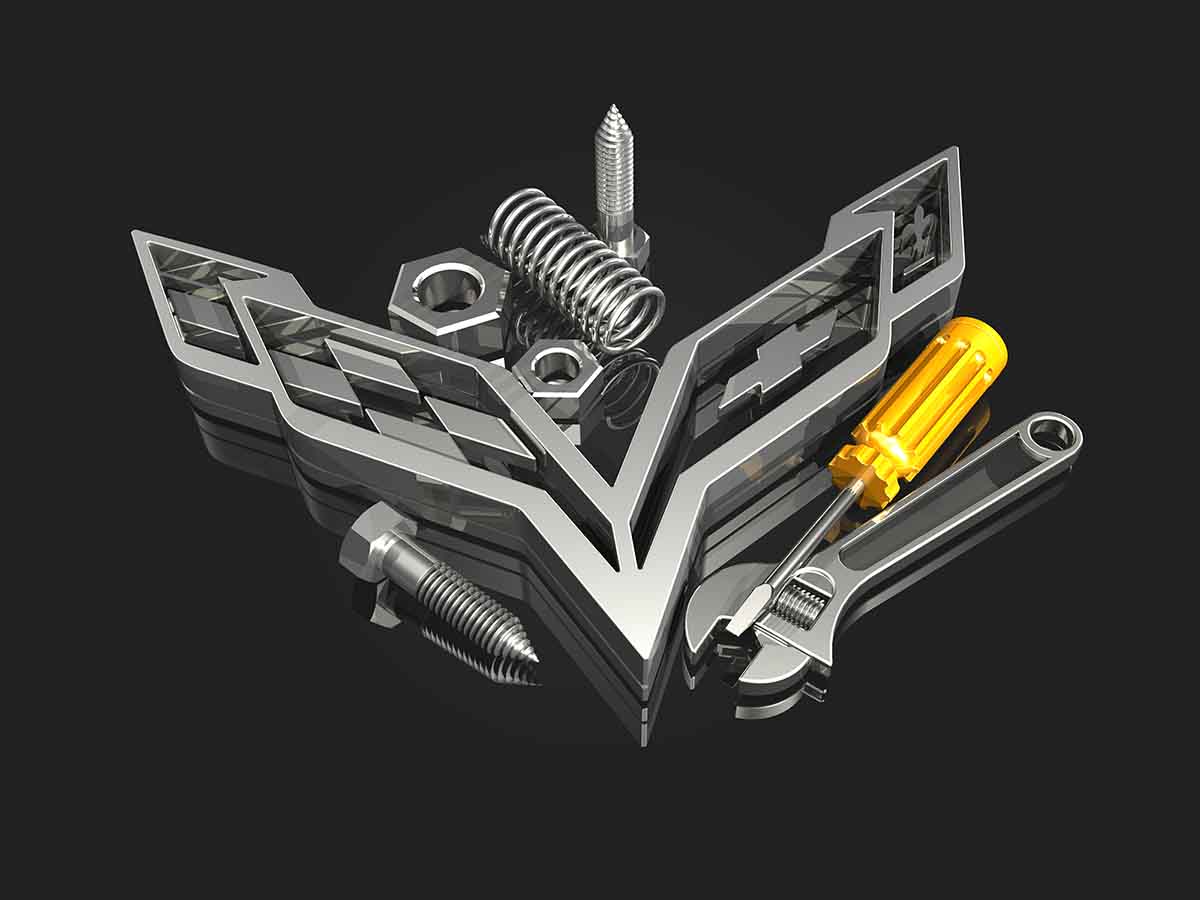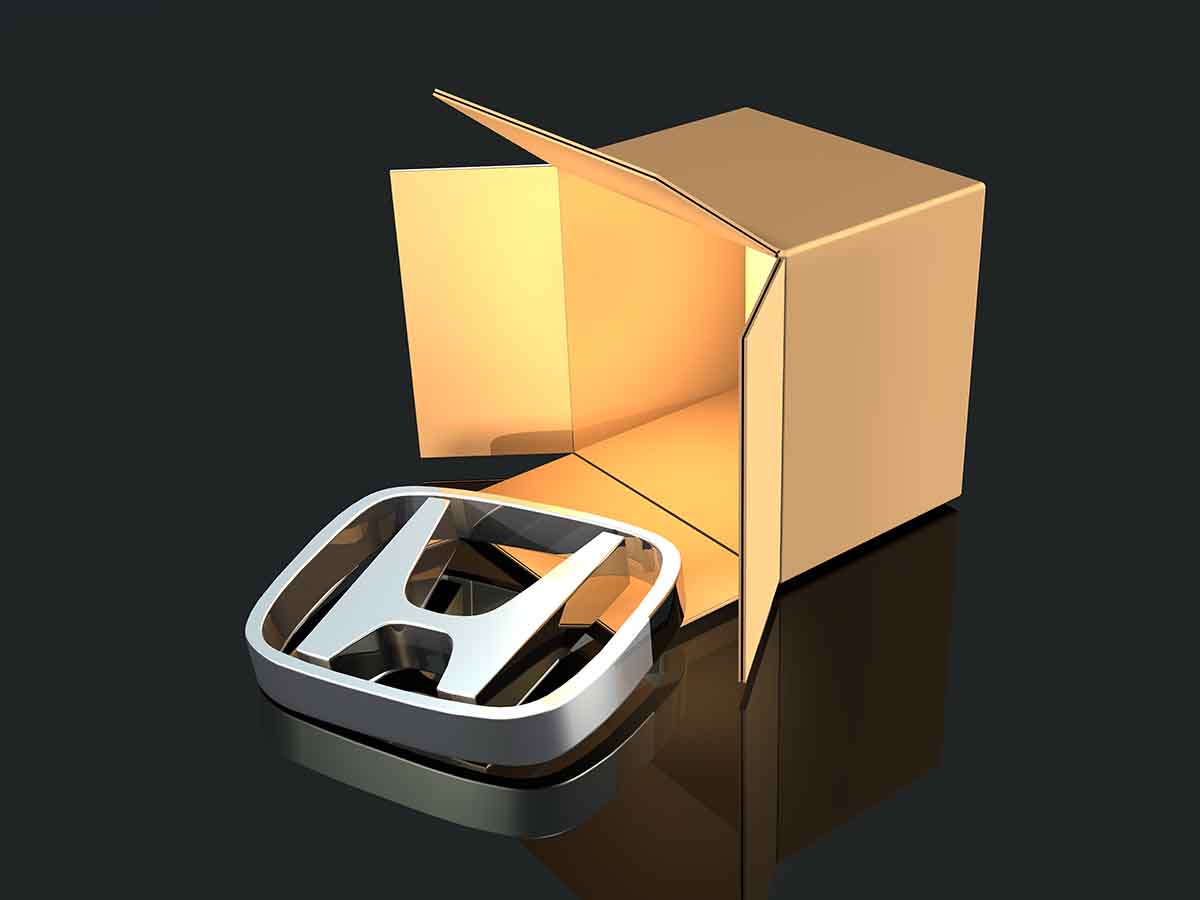As a mechanic, I’ve diagnosed (and repaired) many Hyundai Tucson problems over the years. Most are fairly simple and easy to fix – but there are some that are far more serious (and costly). Here’s a simple overview:
Common Problems
1. Acceleration Issues
- What Happens: Sometimes, acceleration feels sluggish.
- Cause: This is linked to the transmission / clutch (software related).
- History: There was a recall in 2016 to fix this, but older models may still have issues. Newer models (2019 and later) have fewer problems.
2. Air Conditioning Problems
- Symptoms: Owners report:
- No cold air
- Blowing motors not working
- Frozen compressors
- Leaks
- Affected Models: Mainly from 2010 to 2013.
- Fixes: Often involve replacing components of air conditioning system (which is usually not cheap).
3. Engine Failures
- Affected Models: 2012 and 2013 Tucson.
- What Happened: There have been a few reports of owners needing to replace the entire engine. The good news? Newer models don’t seem to have this problem.
4. Fuel Economy Ratings
- Issue: In 2012, Hyundai was found to inflate fuel economy numbers. They paid $210 million to settle with the EPA and updated labels on unsold cars.
While this isn’t necessarily a problem with the Tucson itself, I feel it’s important enough to include in this list. Basically, you just have to know that the early models won’t get the kind of gas mileage the newer (more efficient) models will.
5. Rodent Problems
- Cause: Hyundai used soy-based wiring that attracts rodents.
- Effect: Rodents chew through the wires, causing electrical issues.
If you read my overview on Honda Pilot problems, you’ll know that this isn’t as weird as it sounds. Soy-based wiring materials are quite common in Asian cars.
6. Blue Link Service
- What It Is: A service for emergency help and navigation.
- Problems: Many users find it unreliable (and feel pressured to use it). A class-action lawsuit was filed over undisclosed issues with the system.
Again, this isn’t necessarily a problem with the vehicle itself. It’s just one of the many little annoyances you’ll have to deal with when driving a Tucson.
7. Sunroof Issues
- Problem: Sudden sunroof shattering. Scary stuff!
- Resolution: A class-action lawsuit led to extended warranties and reimbursements for affected models from 2010 to 2016.
8. Trailer Light Wiring
- Issue: Some models (2016-2017) had problems with trailer light wiring.
- Recalls: This issue has been addressed through recalls.
Reliability of the Hyundai Tucson
In general, I find the Tucson to be reliable enough to be a dependable daily driver for most people. Parts are widely available, but they’re not cheap – at least compared to other vehicles in it’s class.
- Overall Rating: Generally reliable, especially models from 2019 onwards.
- Best Years: 2019, 2020, and 2021 are the most reliable.
- Years to Avoid: 2011, 2012, 2015, 2016, and 2017 had more reported issues.
Recalls
There have been six notable recalls of the Tucson since 2016:
- February 2022: ABS module issues causing fire risk (2014-2015 models).
- December 2021: Software problems affecting lights (2022 models).
- September 2021: Worn rod bearings leading to engine damage (2017 models).
- September 2020: Corrosion issues causing fire risk (2019-2021 models).
- February 2019: Leaky oil pans causing engine damage (2011-2013 models).
- November 2016: Trailer brake light issues (2016-2017 models).
For more details, you can visit Hyundai’s official site for the latest updates and information on recalls.
Conclusion
The Hyundai Tucson can be a good choice, especially newer models. If you’re determined to buy a 2018 model (or older), be sure to have it looked over by a certified mechanic before making a purchase.
The 2019 and later models are your best bet IMHO.






